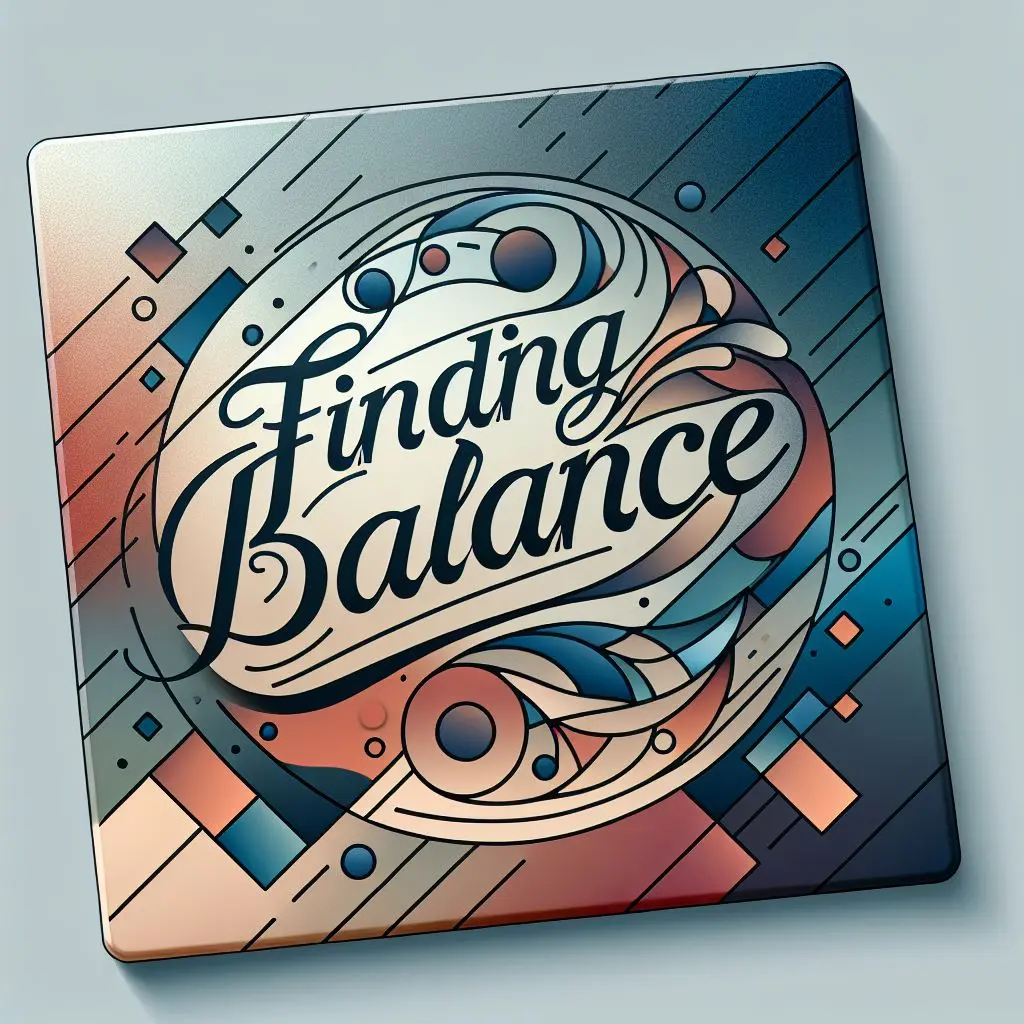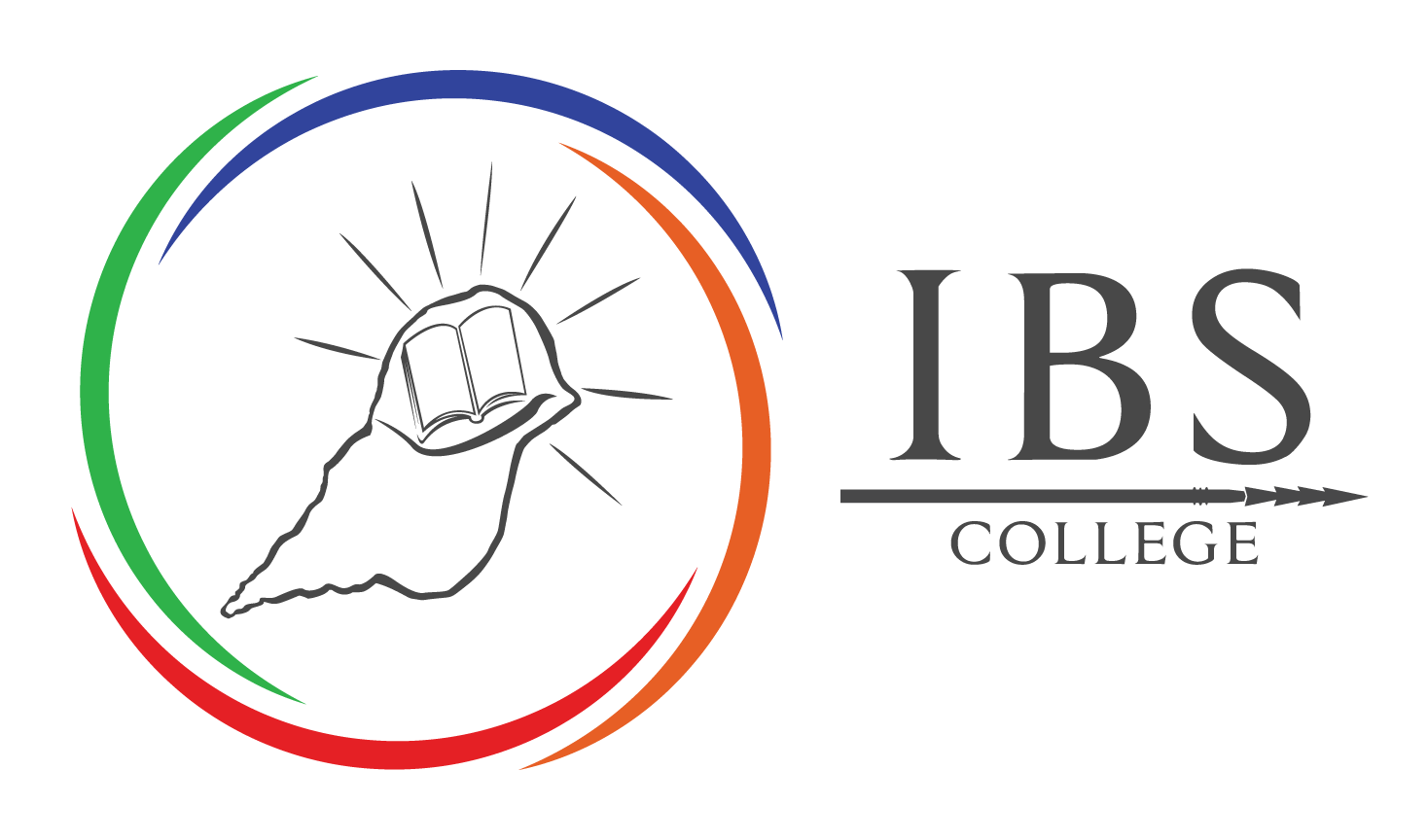
It’s no secret that at times we tend to face difficulties finding a balance between logic and emotion, reason and impulse, clarity and confusion. That’s because the human mind is in a constant state of motion, much like a pendulum, swinging between sense and nonsense.
One moment, we make decisions based on logical thinking; the next, we get lost in dreams, emotions, or unfounded fears. This inner conflict is part of what makes us human. Too much sense makes life predictable, while too much nonsense creates the opposite. The magic is to accept both sides and use them wisely, rather than to stop the swing entirely.
The Nature of Sense and Nonsense
Sense: The Strength of Logic and Order
Sense comes to life as the voice of reason, the ability to analyze information and make good decisions. It’s what helps society run smoothly—through science, technology, laws, and organized education.
Examples of sense in action:
- A scientist following the scientific method to discover new medicines.
- A businessman making calculated risks based on market research.
- A student studying hard, knowing that education will secure a better future.
- Sense is practical, structured, and necessary, but without imagination, it can become rigid and uninspiring.
Nonsense: The Fuel of Creativity
Nonsense is the wild side of the mind—where dreams, emotions, and unpredictable ideas take shape. It’s the birthplace of art, humor, creativity, and revolutionary thinking.
Examples of nonsense in action:
- Albert Einstein picturing himself riding a beam of light, which led to the theory of relativity.
- Pablo Picasso painting abstract figures that defied conventional art.
- A child imagining that a cardboard box is a spaceship, exploring galaxies unknown.
- Nonsense is unstructured, chaotic, and often dismissed, yet it’s the force behind breakthroughs and artistic revolutions. Every great idea started as something that seemed absurd.
Real-World Examples of the Mind’s Pendulum
Albert Einstein: The Scientist Who Embraced Nonsense
Einstein once said, “Imagination is more important than knowledge.” He was a physicist, but he understood that rationality alone wasn’t enough. His thought experiments—like imagining himself moving at the speed of light—seemed like nonsense at first, but they led to groundbreaking discoveries in physics.
Sir Mick Nades: The Visionary Behind IBSUniversity
Closer to home, Sir Mick Nades is a real-world example of the pendulum of the mind at work. When he started IBSUniversity, the idea of building a world-class education institution in PNG may have seemed impossible to some—maybe even unrealistic. But his vision, determination, and belief in the importance of education turned that dream into reality.
Like any great leader, Sir Mick Nades balanced both structured planning (sense) and big-picture thinking (nonsense) to bring IBSU to where it is today. His story proves that progress happens when logic and vision work together.
Finding Balance in the Swing

If both sense and nonsense are essential, how do we balance them?
Here are some ways:
- Let reason guide your actions, but let imagination inspire them.
- Use logic to improve your creative ideas, not hold them back.
- Accept moments of uncertainty as part of the process.
- Learn when to trust reason and when to take a risk.
Bottom Line
The mind will always oscillate between sense and nonsense—and that’s a good thing. Logic gives us stability, while imagination moves us forward. The greatest minds in history were not purely rational or purely irrational, but those who knew how to harness both forces to create something extraordinary.
Contact:
IBSU Media Team
IBSUniversity
PO Box 5181, Boroko, NCD,
Papua New Guinea
M: +675 7028 8030 | 7411 4100
Editing & Narrative Direction: IBSU Library & Information
Disclaimer: This article is for informational purposes only and should not be taken as professional advice. While some degree of nonsense can inspire creativity, it’s important to apply careful consideration before making important decisions.
